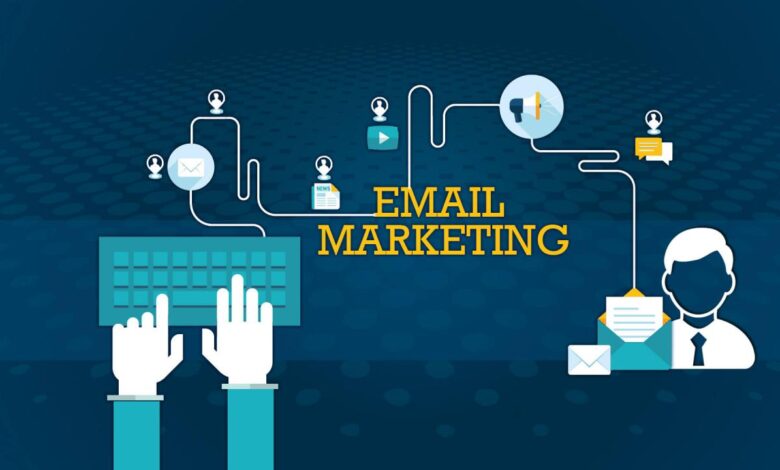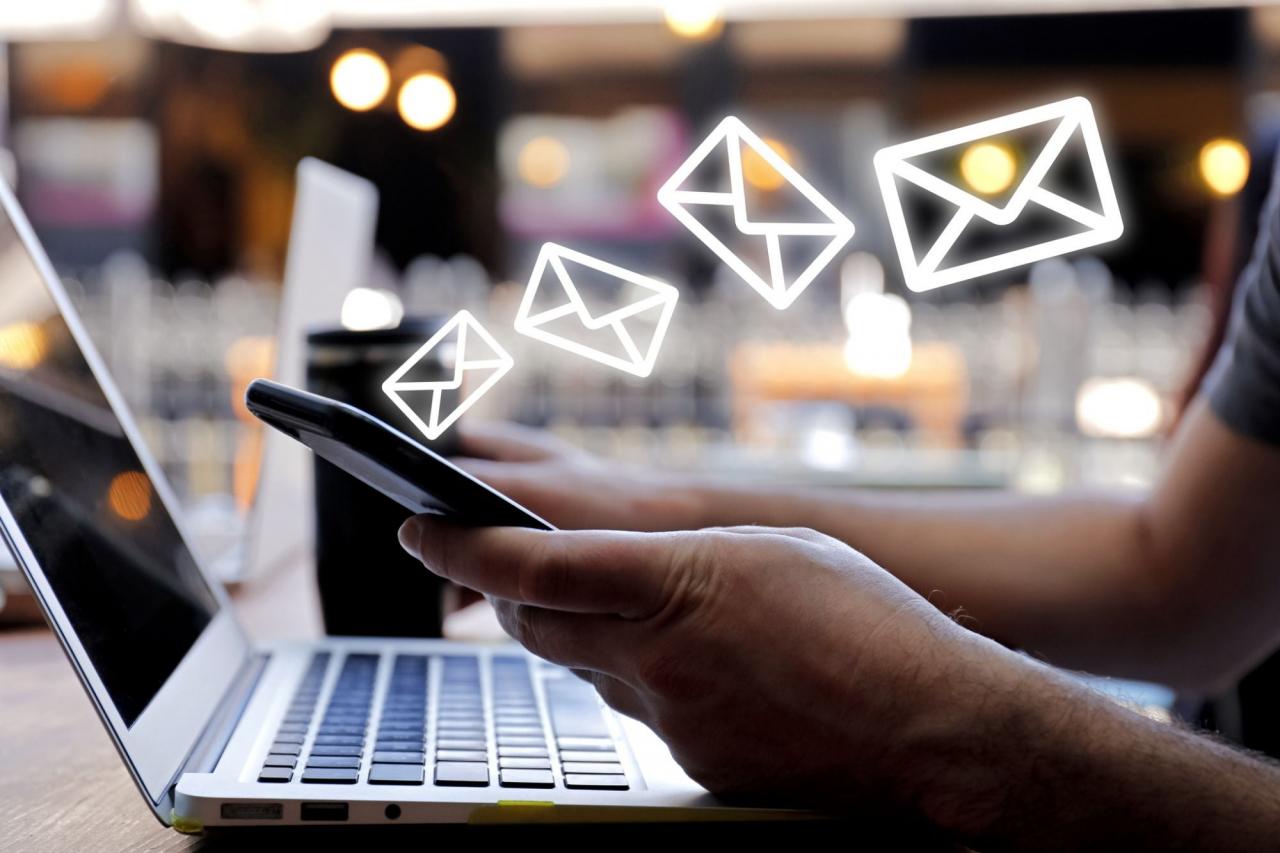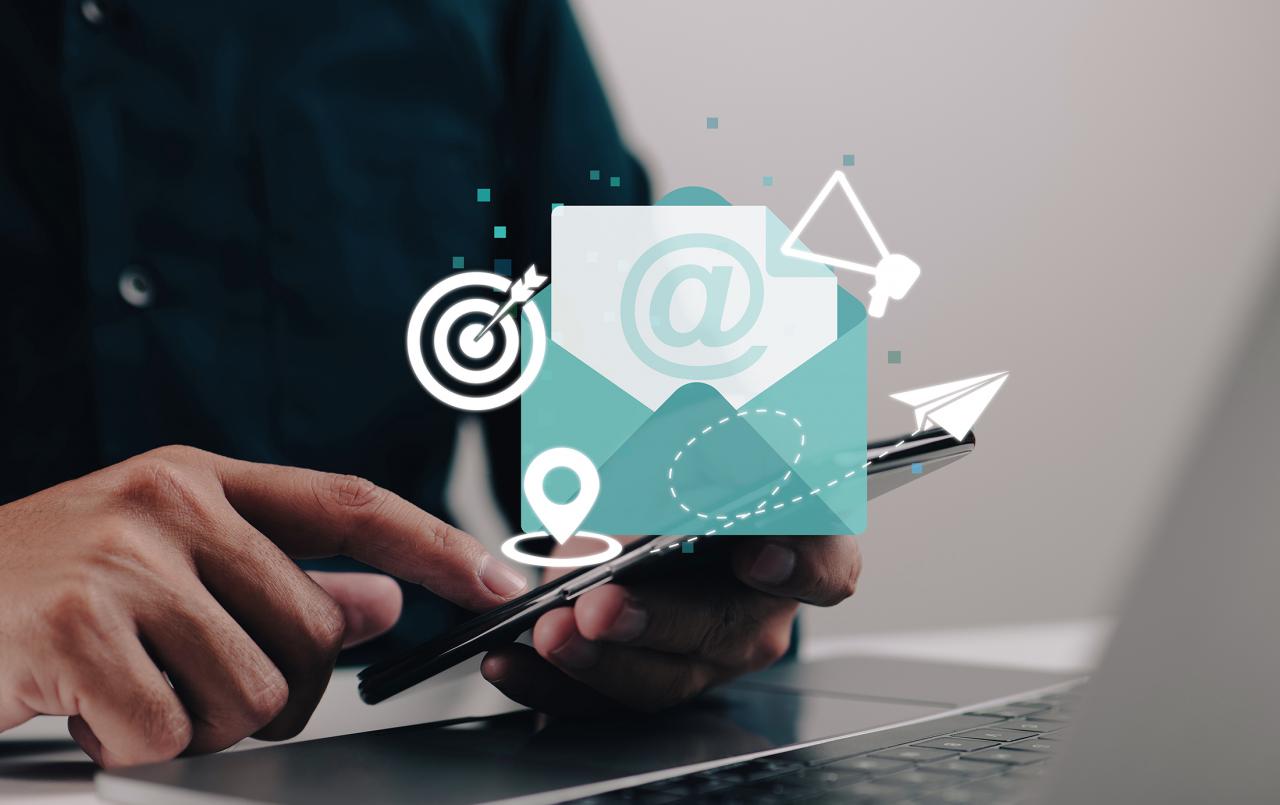Email Automation Tools: Fueling Consistent Ad Revenue

In the ever-shifting digital landscape of 2025, where search engine algorithms like Google’s SGE constantly change the rules of visibility, relying solely on organic search traffic is risky. For publishers serious about maximizing Google AdSense earnings, building a resilient, high-value traffic source is paramount. This is where Email Marketing Automation becomes your most potent tool. It’s the mechanism that transforms sporadic, single-visit users into engaged, repeat visitors—the very audience segment that generates the highest AdSense eCPM (Effective Cost Per Mille) and clicks.
Email automation platforms are no longer just for sending newsletters. They are sophisticated traffic engines capable of segmenting users based on behavior, delivering personalized content with embedded ad opportunities, and driving predictable, high-intent traffic back to your high CPC content pages. This comprehensive guide will dissect the essential strategies and advanced automation tools needed to leverage email marketing for consistent, high-value AdSense revenue, ensuring your monetization efforts are both robust and scalable.
The Synergy Between Email, SEO, and High CPC

The direct link between a robust email list and high AdSense revenue is often overlooked. Search engines prioritize websites that demonstrate user satisfaction, and few signals are stronger than Direct and Repeat traffic, often driven by email.
1. Enhancing Core Web Vitals and User Signals
Email drives users who already trust your brand directly to your site. This behavior positively impacts key SEO metrics that Google prioritizes:
A. Increased Session Duration and Reduced Bounce Rate
Users arriving from a personalized email are highly engaged. They spend more time reading the article linked in the email, signaling quality to Google.
B. Improved INP (Interaction to Next Paint)
A loyal user base is more forgiving of minor site delays, but more importantly, a well-optimized email funnel directs users precisely to content they want, minimizing confusion and maximizing smooth interaction with the page.
C. Generating Branded Search and Authority
Consistent email communication reinforces your brand. This leads to users searching for your brand name directly (e.g., “Tech Review Site Tool Analysis”), which is a powerful E-E-A-T (Experience, Expertise, Authoritativeness, and Trustworthiness) signal.
2. Targeting High-Value Content with Precision
The true monetization power of email is its ability to segment users and deliver specific content that matches high CPC advertiser intent.
A. Behavioral Segmentation for Intent
Automation rules can segment users based on their reading history (e.g., users who read articles about “Investing Platforms” vs. “Budgeting Software”).
Emails are then tailored to promote your newest high CPC reviews only to the relevant segment, guaranteeing a high probability of a high-value ad serving.
B. Timely, Triggered Campaigns
* Events like a user downloading a free guide on “Tax Planning Tools” trigger an automated sequence promoting five high-CPC articles related to tax software, lawyer consultation services, and business finance, ensuring the traffic is at its peak transactional intent.
Essential Automation Tools and Functions for Publishers

The modern email automation platform is a nexus for traffic generation and revenue optimization. Publishers need a suite of tools that specialize in both delivery and deep behavioral analysis.
1. Core Automation Platform Capabilities
The best platforms offer functionality crucial for monetized sites:
A. Advanced Segmentation Engines
The ability to segment based not only on opens/clicks but also on site activity, page views, and time spent on specific high-CPC pages. This allows for hyper-targeted content delivery.
B. Automated A/B Testing
Automated tools constantly test email subject lines, body copy, and Call-to-Action (CTA) button colors to optimize the click-through rate (CTR) back to your website, maximizing the traffic volume.
C. Integration with Analytics and CRM
Seamless connection with Google Analytics and any in-house CRM allows you to track the exact AdSense revenue generated by specific email campaigns and segments, linking email strategy directly to profitability.
B. Traffic Generation Funnel Automation
Publishers must set up automated funnels to manage the user journey from signup to monetization.
A. Welcome Sequence Automation
* The most crucial sequence. Immediately after signup, users receive a series of 3-5 emails delivering your best authority content. This establishes trust and immediately trains the user to click back to your site.
B. Re-engagement Campaigns
* Automated workflows are triggered if a subscriber hasn’t visited the site or opened an email in 60-90 days. The email offers a highly enticing, high-value piece of content (e.g., “The Newest $100/Click Finance Tool Review”) to reactivate the subscriber and recover lost revenue potential.
C. Content Upgrade Triggers
* When a user reads an older article on your site (e.g., “2023 VPN Reviews”), an automation trigger sends them an email immediately, offering the new, updated “2025 Top 10 VPN Software Guide,” driving them back to the freshest, highest-value ad inventory.
Designing Email Content to Drive High-Value Clicks
The structure and tone of your email content are vital. It must be engaging enough to achieve a high CTR but subtle enough to not rely on sensationalism. The focus must always be on delivering value and acting as a compelling “bridge” to your AdSense-monetized content.
1. The “Tease and Target” Method
This method focuses on giving just enough information to secure the click to the main article.
A. The Specificity Hook
* Instead of general statements, use concrete, high-CPC language that signals deep commercial intent (e.g., “See which AI Legal Assistant generated a 200% ROI” rather than “AI is changing law”).
B. The Unanswered Question
* Pose a problem or comparison in the email that can only be answered by visiting the article. This respects the user’s intelligence while forcing the traffic back to the ad-monetized domain.
C. Visual Call-to-Action
* Use clean, prominent, and easily clickable buttons that stand out, often using action-oriented language like “Read Full Review,” “See the Comparison,” or “Access the Tool Guide.”
2. Avoiding AdSense Policy Conflicts in Email
While optimizing for AdSense, remember the email itself is not the monetization platform.
A. No Direct AdSense Code
Never embed AdSense code or direct ad units within the email body. The sole purpose of the email is traffic generation.
B. Clear Destination URL
Ensure all links lead directly to the clean, optimized, ad-monetized article page, not an intermediary landing page that confuses the user or the ad network.
Technical Integration: Linking Email Behavior to AdSense Profits
For truly high revenue, automation tools must integrate with your site’s backend data to measure the lifetime value (LTV) of an email subscriber.
1. Tracking Subscriber Value with UTMs
Every link in every email should use UTM (Urchin Tracking Module) parameters to accurately track performance inside Google Analytics (GA4) and then correlate that data with AdSense reports.
A. Source and Medium Definition
Define the source as ’email’ and the medium as ‘newsletter’ or ‘automation.’ This isolates email traffic in your GA reports.
B. Campaign and Content Identification
Use the Campaign and Content parameters to track the exact automation sequence (e.g., ‘Welcome-Legal-Tools’) and the specific email number that drove the click.
C. Linking to AdSense Data in GA4
By connecting AdSense to GA4, you can run reports to see the exact AdSense revenue generated by the traffic from ‘Welcome Email #3’ vs. ‘Re-engagement Email #1,’ allowing you to ruthlessly optimize the highest-paying emails.
2. Personalization Tokens for Advanced Monetization
High-end automation tools use personalization tokens to dynamically change the content of the email based on the user’s data.
A. Dynamic Content Blocks
If a subscriber is tagged as being interested in “Health Tech,” the email can automatically insert a promotional block for your latest “Wearable Health Device Tool Review,” while a “Finance” tagged user receives a link to the “Investment Platform Comparison.”
B. Segmentation based on Subscriber Value
The most sophisticated automation systems use data science to assign a ‘Subscriber Value Score’ (based on past AdSense revenue generated). High-score users are prioritized for emails promoting the newest, highest-CPC content pieces, while lower-score users receive simpler, broad-interest content.
Strategic Scaling: Automating Lead Magnets and Segmentation
To maintain a healthy, high-value email list, the automation must extend to the lead generation process.
1. Automating High-Value Lead Magnets
The lead magnet (the freebie offered in exchange for an email) should directly attract users interested in high CPC niches.
A. Quiz and Assessment Automation
Set up an automated quiz (e.g., “What is Your Financial Risk Profile?”). Based on the answers, the automation tool not only subscribes the user but immediately applies a segmentation tag (e.g., ‘High-Risk Investor’).
B. Resource Library Access
Offer access to an exclusive “Tools and Templates Library” containing high-value checklists (e.g., “Checklist for Hiring a Real Estate Lawyer”). This instantly qualifies the lead as high-intent and enables targeted follow-up.
C. Triggered Lead Nurturing
After the lead magnet is delivered, the automation platform triggers a 7-day nurturing sequence. This sequence links the free guide content to your core AdSense-monetized articles, driving the first profitable visit and setting the user up for long-term engagement.
B. Automated List Cleaning and Health
A large, unresponsive list is expensive and degrades deliverability—which is fatal to your traffic source.
A. Inactivity Monitoring
Automation rules flag subscribers who haven’t opened or clicked in 90 days. They are automatically moved to a “Re-engagement” campaign.
B. Automated Suppression
If the re-engagement campaign fails, the automation tool moves the subscriber to a “Suppression” list. This prevents wasting email credits on dead leads and protects your sender reputation, ensuring your high-value emails always hit the inbox.
Conclusion
The era of manual, one-off email blasts is over. In the sophisticated digital economy of 2025, email marketing automation is the single most powerful strategy for publishers seeking to build a robust, predictable, and high-value Google AdSense revenue stream. This is because automation directly solves the volatility of organic search by creating a reliable, high-intent traffic source that consistently returns the most profitable users to your content.
The mastery of this domain requires a shift in perspective: viewing the email platform not as a communication tool, but as a sophisticated traffic engine capable of linking user behavior, high-CPC content, and measurable AdSense profits. By diligently implementing advanced segmentation based on site activity and content consumption, publishers can ensure that every email promotes a link corresponding to the subscriber’s most likely transactional intent—be it reviews of expensive financial software, comparisons of high-end legal services, or evaluations of specialized B2B platforms. Furthermore, the strategic use of UTM tracking and GA4 integration transforms abstract click data into concrete revenue figures, allowing for surgical optimization of every single automated sequence. By investing in these automation tools and linking them directly to content that is meticulously structured to accommodate high-value ads (the “Problem-Solution-Tool” framework), publishers build an anti-fragile business model. This model ensures that even as Google’s algorithms continue to evolve, the core revenue generated from loyal, engaged, and highly qualified email subscribers remains strong, predictable, and perpetually profitable. Email automation is, therefore, the essential foundation for maximizing long-term AdSense LTV.


